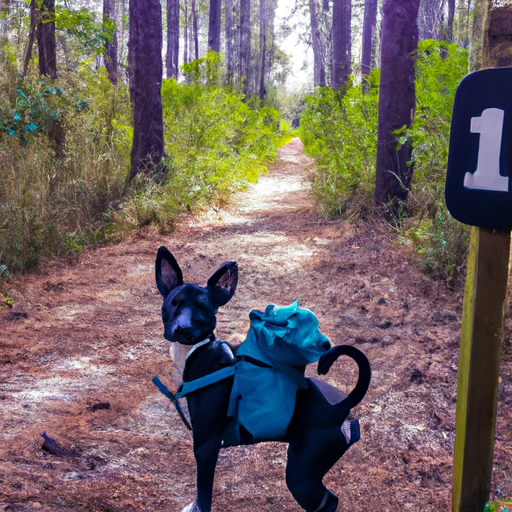As a caregiver, you want the best for your new puppy. Exercise, including walking, is essential for their physical and mental health. However, you might be asking yourself: how far can a puppy walk? This guide will help you navigate the do’s and don’ts of puppy walking.
1. Understanding Your Puppy’s Exercise Needs
From the moment you bring your puppy home, they become a part of your family. And just like every family member, they have unique needs, especially when it comes to exercise.
- Age: Puppies, like human toddlers, have bundles of energy. However, their bones and muscles are still developing, so their exercise needs differ significantly from adult dogs.
- Breed: Some breeds are more active than others. For instance, retrievers and shepherds require more exercise than bulldogs or pugs.
2. The Five Minute Rule
When determining how far your puppy can walk, a rule of thumb is the “Five Minute Rule. This rule suggests five minutes of exercise per month of age, twice a day. For example:
| Age | Walking Time |
|---|---|
| 3 months | 15 minutes |
| 4 months | 20 minutes |
| 5 months | 25 minutes |
3. Signs Your Puppy is Getting Tired
While the Five Minute Rule is a good starting point, it’s essential to observe your puppy during the walk. Signs of fatigue include:
- Slowing down or stopping
- Lying down or sitting
- Panting excessively
4. The Consequences of Over Walking
You might think that a tired puppy is a good puppy. But over-exercising can lead to long-term health issues, such as:
- Joint damage
- Hip dysplasia
- Early onset of arthritis
5. Alternatives to Walking
If your puppy is too young or not ready for long walks, there are alternatives:
- Playtime: A good game of fetch or chase can burn off energy.
- Training: Mental stimulation is as important as physical exercise. Training sessions can be a fun way to keep your puppy engaged.
6. The Importance of Rest
Rest is as important as exercise. Puppies sleep up to 20 hours a day to aid their growth and development. Ensure your puppy has a quiet, comfortable place to rest after walks or play.
7. Regular Check-ups
Regular vet check-ups can help ensure your puppy is growing and developing as they should. Your vet can also provide advice on exercise and walking distances appropriate for your puppy’s age, breed, and health.
8. FAQ
Q: My puppy seems to have endless energy. Can I walk them more?
A: It’s important not to over-exercise your puppy. Stick to the Five Minute Rule and look for signs of fatigue.
Q: My puppy doesn’t like walks. What can I do?
A: Some puppies may be nervous about new experiences. Start with short walks close to home, and gradually increase the distance as they become more confident.
Q: Can I take my puppy on hikes?
A: Wait until your puppy is fully vaccinated before going to places where other dogs frequent. Also, remember that rough terrains can be hard on puppy’s joints.
Q: My puppy still has energy after a walk. What should I do?
A: Consider incorporating playtime or training sessions to burn off excess energy.
Remember, every puppy is unique. Their exercise needs will change as they grow and develop. By following these guidelines, you can ensure that your walks are a fun, healthy activity for both of you.



